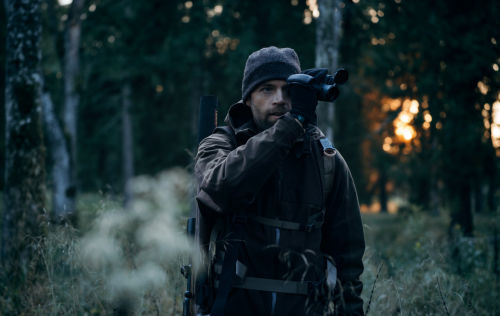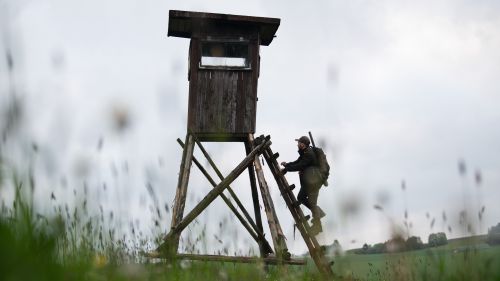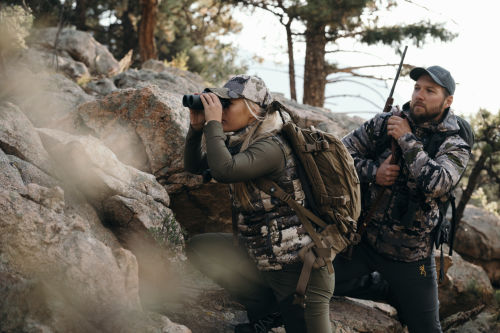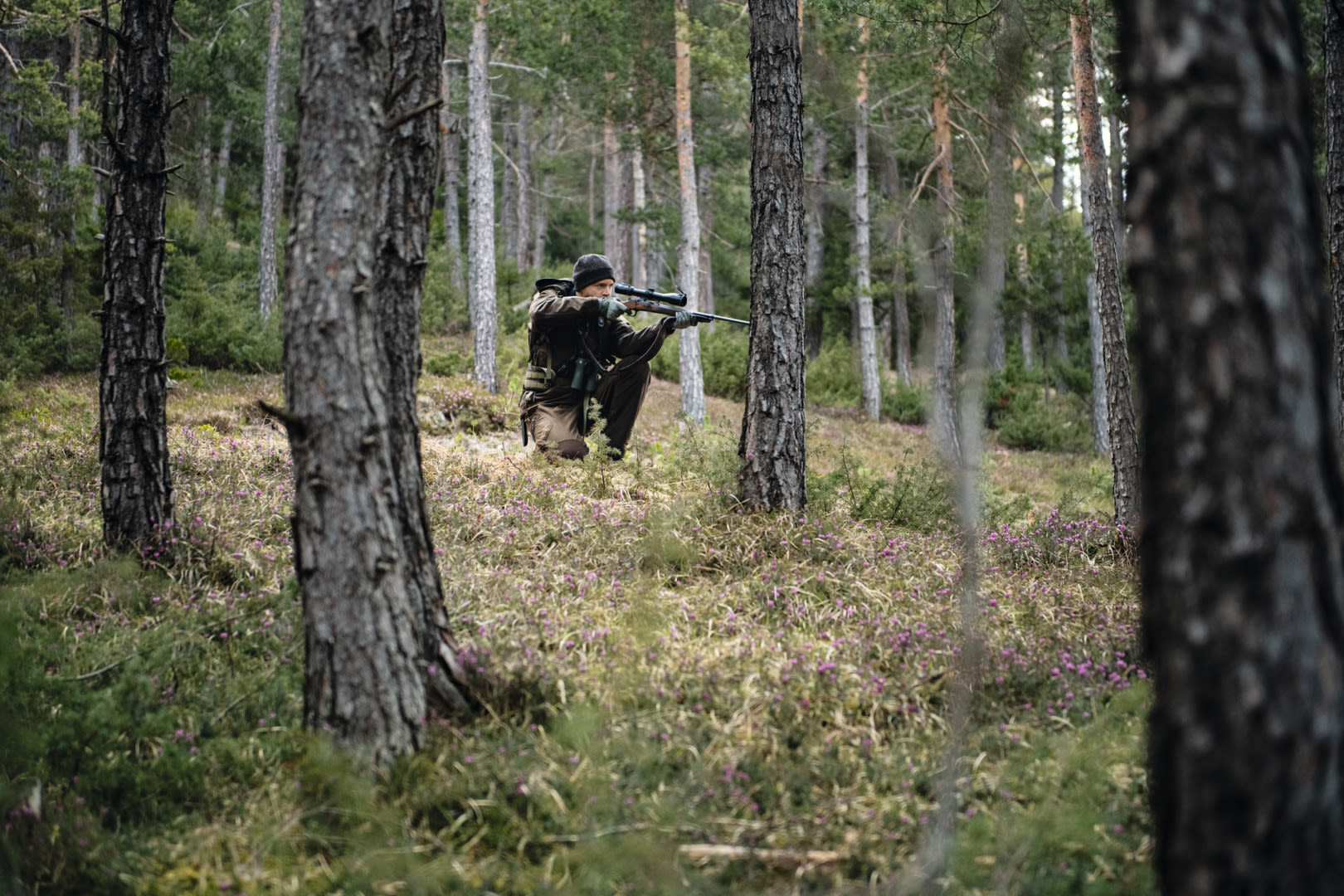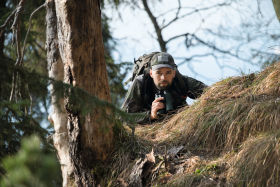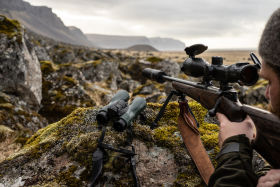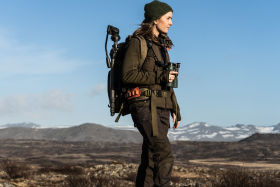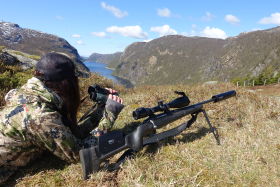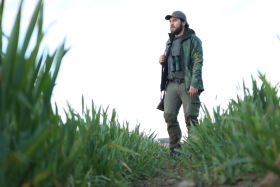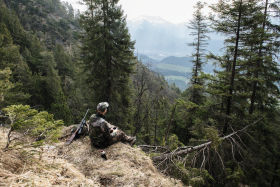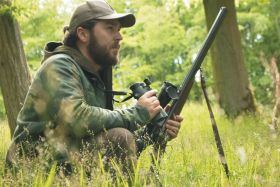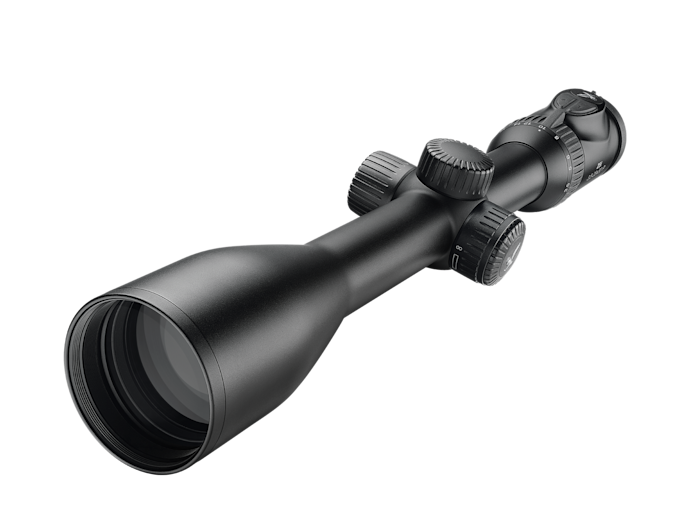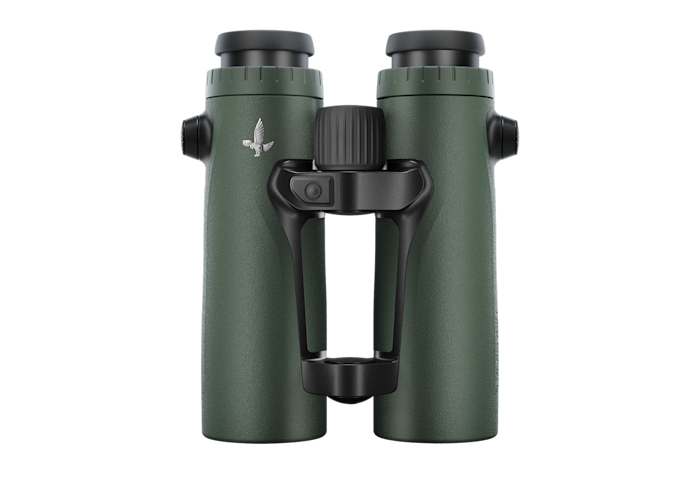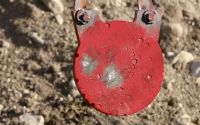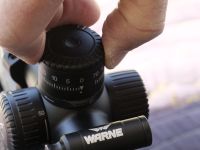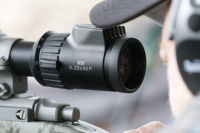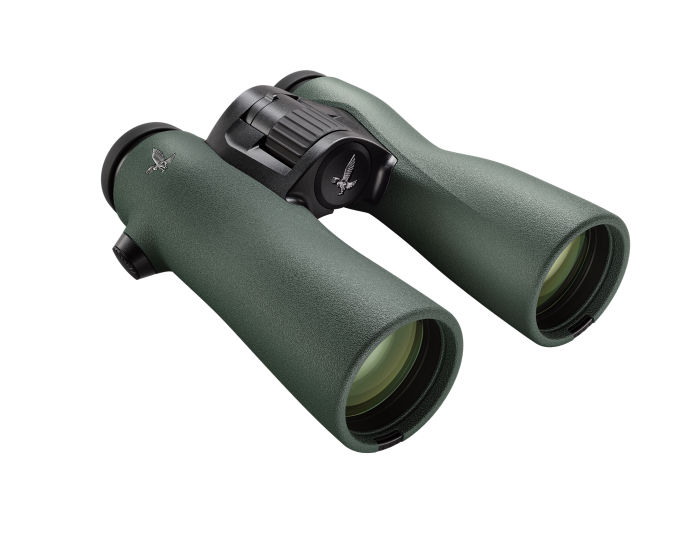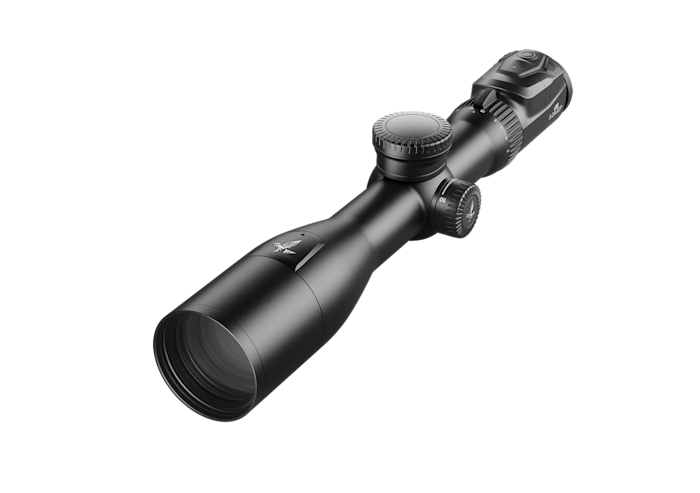The excitement of accomplishing something seemingly incredible is the biggest incentive. Wolfgang Schwarz, Product Manager at SWAROVSKI OPTIK, is an experienced hunter who understands that extensive preparation and regular training are key.
1. BEFORE THE CHALLENGE
The precision of long-range optical instruments makes a considerable contribution to safety. However, despite ever more advanced equipment, a certain level of preparation is essential.
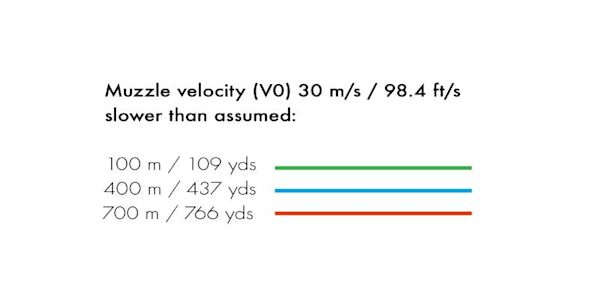
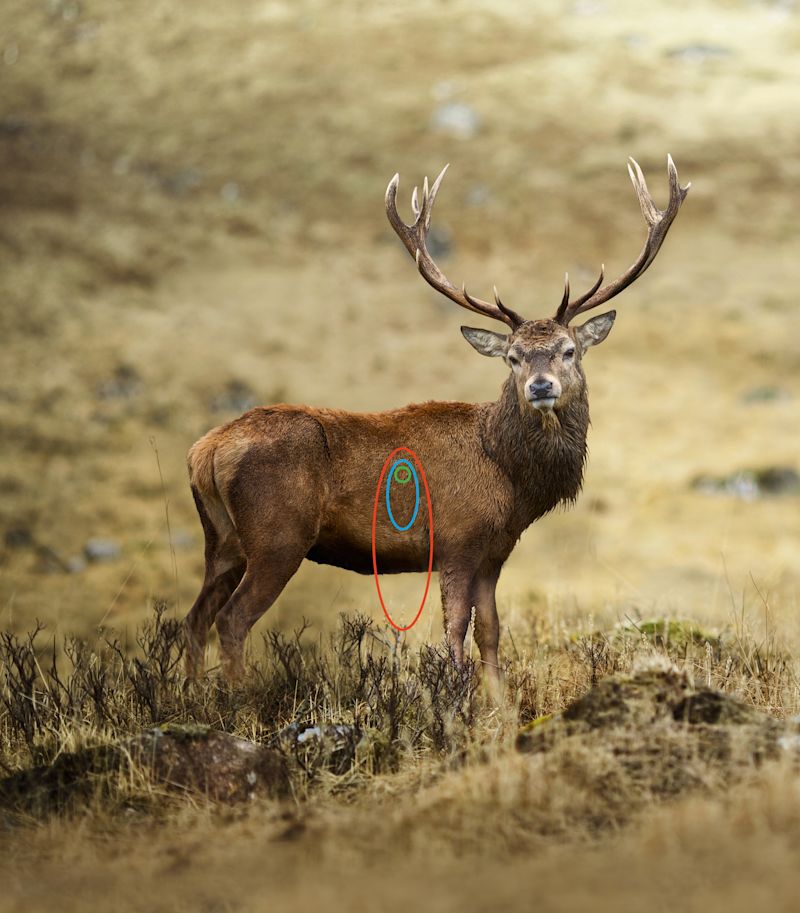
2. CONSISTENT SHOOTING RESULTS
Before you step up to the challenge, you need to determine the shot grouping of your firearm and your entire system.
To do this, it is important to shoot a five-shot group. You want the smallest group possible. A consistent grouping is key here, because this will become larger as the shot distance increases.
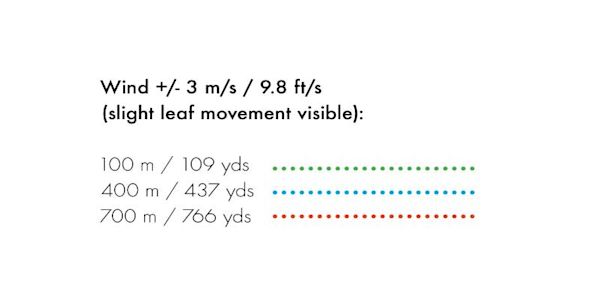
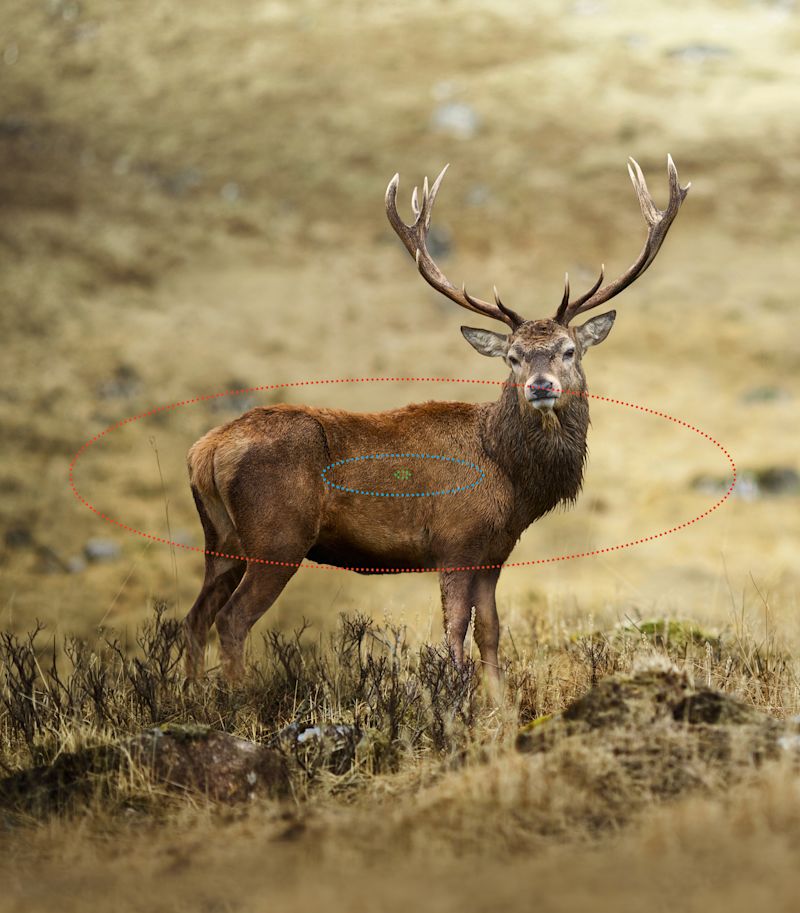
3. COUNT ON ACCURATE RESULTS
For most accurate shooting, the crucial parameters are muzzle velocity, bullet weight and shape, and ballistic coefficient. Although many rely on factory ballistics, it is usually beneficial to chronograph muzzle velocities.
Sometimes measuring the ballistic coefficient to double check its value can be beneficial to achieving the best accuracy possible. Factors like barrel length may make your load different from factory ballistics.
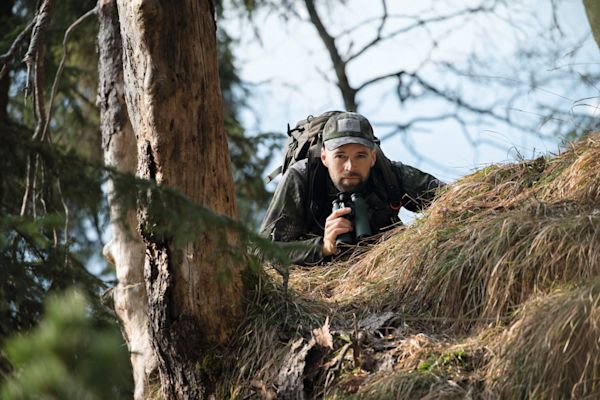
WOLFGANG SCHWARZ - PRODUCT MANAGER
IMPORTANT!
Ensure that you take at least five shots to calculate the average muzzle velocity rather than just one shot. External factors such as air pressure, humidity, and temperature also have an effect that should not be underestimated.
The free SWAROVSKI OPTIK ballistic program incorporates all these parameters to calculate your own personal shot trajectory.
